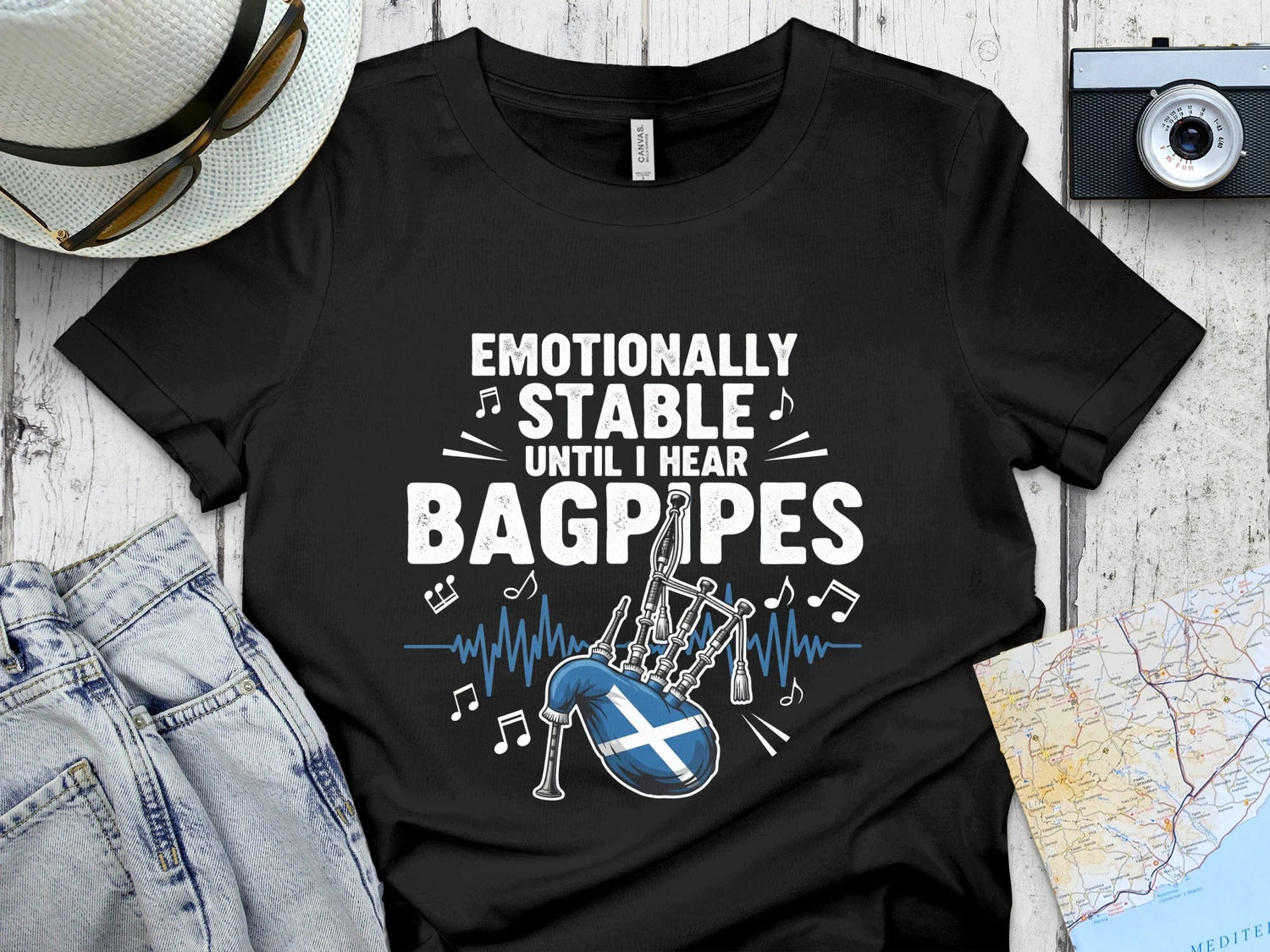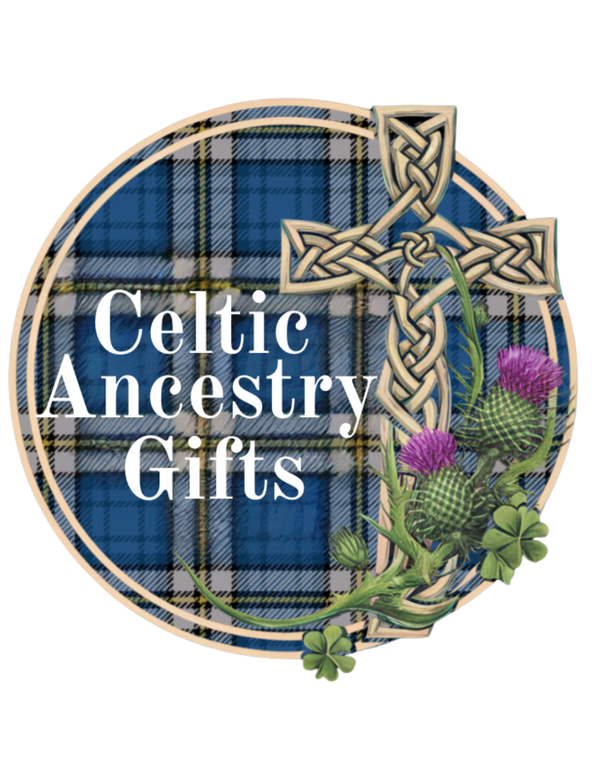
Clan Galloway: Lords of the Western Sea and Keepers of Scotland’s Forgotten Kingdom
Share
On Scotland’s southwestern edge lies a land of mystery — rugged, green, and laced with salt and stone. Once an independent Celtic realm, Galloway has always been a place apart: shaped by its hills, its saints, and its sea winds.
Those who bear the name Galloway carry within it the memory of that ancient land — Gall-Ghaidhealaibh, the “land of the foreign Gael.” To be a Galloway is to descend, by name or by blood, from the borderland between Scotland and the sea — a heritage both Celtic and Norse, proud and enduring.
1️⃣ Introduction: Born of Land and Legend
In Scottish lore, few regions have as distinctive an identity as Galloway. It was once the seat of independent lords who defied kings and carved out their own destiny between the Irish Sea and the Solway Firth.
The name Galloway itself comes from the Gaelic Gall-Ghàidheil — literally, “the foreign Gaels.” This term described the mixed Norse-Gaelic people who settled the area in the early Middle Ages, blending the languages and cultures of Ireland, Scotland, and Scandinavia.
Thus, the surname Galloway is more than a family name — it’s a geographic and cultural statement. It connects its bearers to a powerful identity that pre-dates Scotland itself: a people of dual heritage, fiercely independent, and shaped by the meeting of two worlds.
2️⃣ History & Origins: The Ancient Lords of Galloway
The Kingdom of Galloway arose in the early medieval period, long before the unification of Scotland under the kings of Alba. Its people were a mixture of native Britons, Gaelic settlers, and Norse adventurers — men who farmed, raided, and ruled the sea-routes between Scotland, Ireland, and the Isle of Man.
Fergus of Galloway
The best-known early ruler of this realm was Fergus of Galloway, who flourished in the 12th century. A shrewd leader and powerful lord, Fergus established monasteries at Dundrennan and Whithorn, blending Celtic piety with Norse pragmatism. His descendants became some of the most influential nobles in medieval Scotland.
After Fergus’s death, his lineage continued through his sons Uhtred and Gilbert, whose descendants intermarried with Scottish and English noble houses. Their lands stretched across the entire southwest — from Wigtownshire to Kirkcudbright — and their rule left a mark on both sides of the Border.
The Rise of the Surname
By the 14th and 15th centuries, as surnames became hereditary, those who hailed from the region began to be known simply as de Galloway or of Galloway. In time, “Galloway” became a family name in its own right — first used by people from the area, later adopted by descendants or tenants of the old lords.
The name thus carried both territorial pride and social weight. Whether noble, yeoman, or craftsman, to bear the Galloway name was to claim belonging to one of Scotland’s oldest cultural heartlands.
3️⃣ Spelling Variations & Related Names
The surname Galloway has remained relatively consistent in form, but a few historic and regional variations appear in older records and among diaspora communities.
Common Variants
-
Gallaway – Found in Ulster, the Isle of Man, and early American records.
-
Galoway / Galaway – Medieval spellings found in Latin charters and church documents.
-
Gollaway – A rare phonetic variant, especially in early English records.
Related Families and Septs
While Clan Galloway did not develop into a large Highland-style clan, the name is historically associated with several prominent Lowland and Border families who shared kinship or territory, including:
-
MacLellan, MacDowall, and Kennedy – powerful Galloway lineages who often intermarried with Galloways.
-
Douglas of Morton and Stewart of Garlies – noble families who absorbed Galloway lands and vassals over time.
Thus, Galloways were not a single-clan confederation but rather a network of families connected by region, loyalty, and common descent from the ancient Gall-Gaidheil.
4️⃣ Landmarks & Regions Associated with Clan Galloway
Whithorn: The Cradle of Christianity
At the spiritual heart of Galloway stands Whithorn, known in Latin as Candida Casa — the White House — founded by Saint Ninian in the 5th century. This sacred site made the region a center of Christian pilgrimage and learning, long before the rest of Scotland embraced the faith.
The early Galloways saw themselves as custodians of that ancient heritage, bridging the pagan past and the Christian present.
Dundrennan Abbey
Founded by Fergus of Galloway in 1142, Dundrennan Abbey stands as a monument to both faith and power. Queen Mary, after her defeat at Langside, spent her last night on Scottish soil there before fleeing to England in 1568 — forever linking the abbey to one of Scotland’s most tragic chapters.
The Rhinns and the Machars
These rugged peninsulas in Wigtownshire were the heartlands of old Galloway. The landscape remains dotted with standing stones, Iron Age forts, and medieval ruins — silent witnesses to the long history of the people who gave their name to the land.
Galloway Forest and the Glenkens
To the east lies the vast Galloway Forest Park, a modern tribute to the ancient woods that once covered the region. The Glenkens district, with its rolling valleys and lochs, was another traditional center of Galloway life — home to farmers, drovers, and scholars alike.
5️⃣ Migration & Modern-Day Presence
As Scotland modernized, many Galloway families spread beyond their ancestral lands. During the 17th and 18th centuries, large numbers of Lowland Scots emigrated to Ulster, where they became part of the Scots-Irish community — the Galloway name among them.
From Ireland, many continued westward to America, Canada, Australia, and New Zealand, carrying with them a strong sense of Scottish identity. In colonial America, the Galloway name became known in Maryland, Pennsylvania, and the Carolinas, often among families of learning and trade.
Modern Legacy
Today, those who bear the Galloway surname can trace their heritage to this remarkable corner of Scotland — a place of kings, saints, and sailors. Though the clan no longer holds a chief or a unified territory, the name remains a symbol of heritage and resilience.
The Galloway tartan, with its deep greens and soft blues crossed by red and gold, reflects the hues of the region itself — forest, sea, and heather under a western sun. It is a pattern that speaks quietly of belonging and pride.
6️⃣ Fun Fact: The “Foreign Gaels” Who Defined a Nation
The Gaelic word Gall-Ghàidheil — from which Galloway derives — perfectly captures the dual nature of early Scotland. It means “foreign Gaels,” describing the Norse settlers who adopted Gaelic language and culture while retaining their seafaring heritage.
In a sense, the Galloways were among Scotland’s first multicultural people — a blend of Norse courage and Celtic heart. Their very name tells the story of Scotland’s birth as a nation of blended identities, united not by blood alone but by land and shared destiny.
💚 Search your family name in the search bar above to explore your clan gifts — from mugs and t-shirts to blankets, ornaments, wall art, phone cases, magnets, flags, and more. Celebrate your Galloway heritage and honor your connection to Scotland’s ancient southwestern kingdom.

